India's performance in badminton has taken a significant dip after a period of unprecedented success. Once a sport brimming with promise, Indian badminton is now grappling with a decline in results, raising concerns about its future trajectory.
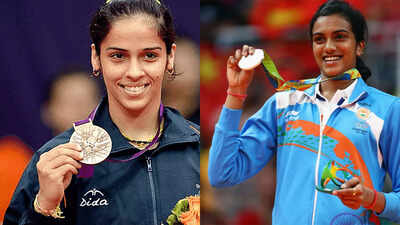
The decline is evident in the recent performances of Indian shuttlers on the international stage. From clinching multiple medals at the Olympics and achieving historic victories in the Thomas Cup and Asian Games, Indian badminton has witnessed a steep fall. The absence of Indian players in the semifinals of major tournaments like the All England Open is a stark reminder of the current state of affairs.
Apart from Satwiksairaj Rankireddy and Chirag Shetty, and to some extent Lakshya Sen, many Indian players are failing to perform consistently. The era of Saina Nehwal, PV Sindhu, Kidambi Srikanth, Sai Praneeth, HS Prannoy, and the Satwik-Chirag duo dominating tournaments seems like a distant memory.
The warning signs have been visible for some time. Since HS Prannoy's Malaysia Open Super-500 title in January 2023, Indian players have struggled to secure singles titles. Only the doubles pair of Satwik-Chirag have managed to win titles. India's poor performance at the Sudirman Cup, where they lost to Denmark and Indonesia, further highlights the challenges faced by the team.
The past decade was a golden era for Indian badminton. Saina Nehwal's Olympic bronze medal in 2012 was followed by PV Sindhu's emergence as a force in the sport. Simultaneously, male players like Parupalli Kashyap, Kidambi Srikanth, Prannoy, and B Sai Praneeth gained prominence. Srikanth even reached the World No. 1 ranking and won four Super Series titles in 2017.
PV Sindhu's World Championship title in 2019 and Sai Praneeth's bronze medal in the same year further solidified India's position as a badminton powerhouse. However, this success proved to be short-lived.
Kidambi Srikanth's recent performance at the Malaysia Masters offered a glimpse of his former glory, but his low ranking prevented him from participating in subsequent tournaments. The Satwik-Chirag pair, who previously dominated men's doubles, have also struggled with fitness issues. The responsibility of leading the men's singles challenge now rests on Lakshya Sen.
The situation in women's badminton is even more concerning. With Saina and Sindhu past their prime, there is a lack of clear successors to carry the torch. The younger players, including Malvika Bansod, Aakarshi Kashyap, Unnati Hooda, Anmol Kharb, and Tanvi Patri, have not been able to reach the same level of success as their predecessors.
One of the primary reasons for the decline is the lack of a robust system to replace the golden generation of Indian badminton players. Unlike countries like China and Malaysia, India lacks a well-defined feeder system to consistently produce talented players.
While Saina and Sindhu inspired many youngsters to take up the sport, there is a shortage of qualified coaches to train them. Additionally, the existing coaches have not been adequately trained to meet the increasing demand.
To revive Indian badminton, it is crucial to identify and groom a core group of emerging players. These players should be divided into elite and developing groups to foster healthy competition. Talented players like Malvika, Aakarshi, and Tanvi should be brought together and provided with better training facilities.
The national association needs to focus on nurturing promising junior and sub-junior players across the country. The Badminton Association of India (BAI) acknowledges that progress has not been as expected due to injuries to key players and the time required for the next generation to develop.
BAI is committed to enhancing coaching, injury management, and talent development to ensure long-term excellence. The association is also focused on nurturing the next generation of champions at the National Centre of Excellence, under the guidance of Olympic medalist coach Ivan Sozonov and coach Park.
BAI's recent annual general meeting (AGM) unveiled a plan to drive the growth of badminton. However, more emphasis should be placed on training coaches.
Experts suggest categorizing coaches into three levels: those who identify and groom nascent talent, those who guide players through their formative years, and those who nurture them into international talents.
While BAI has allocated funds to provide monthly retainership to Olympians and former internationals who are now training players, it remains to be seen whether their experience will be enough to produce the next Saina and Sindhu. There is a pressing need for trained coaches and a greater focus on talent identification and grooming.
To improve Indian badminton's standing, a proper system with a clear three-to-five-year plan is essential. The association and coaches should collaborate to determine the tournament schedule for top shuttlers, especially during Olympic and Asian Games years.
Implementing a system similar to the one used by Pullela Gopichand, which has produced numerous champions, could be beneficial. With the right system in place, Indian badminton can overcome its current challenges and return to its former glory.
Newer articles
Older articles
 The 'Good Cop, Bad Cop' Parenting Strategy: Does It Do More Harm Than Good?
The 'Good Cop, Bad Cop' Parenting Strategy: Does It Do More Harm Than Good?
 5 Natural Ways to Strengthen Your Heart and Reduce Disease Risk
5 Natural Ways to Strengthen Your Heart and Reduce Disease Risk
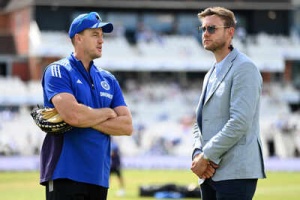 Broadside: Broad Slams India's Team Choices After Headingley Test, Calls for Edgbaston XI Changes
Broadside: Broad Slams India's Team Choices After Headingley Test, Calls for Edgbaston XI Changes
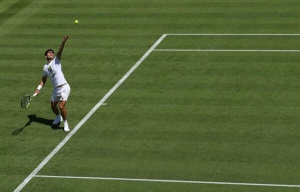 Wimbledon Serves Up India: Tennis Giant Courts Cricket-Crazy Nation for Growth
Wimbledon Serves Up India: Tennis Giant Courts Cricket-Crazy Nation for Growth
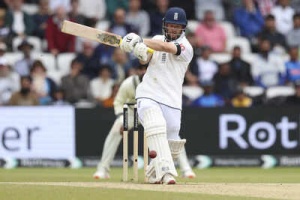 England's Ben Duckett: The New Virender Sehwag? Former Coach Draws Bold Comparison
England's Ben Duckett: The New Virender Sehwag? Former Coach Draws Bold Comparison
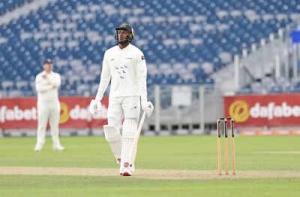 Archer Set for England Return? Broad and Buttler Advocate for Pacer's Second Test Inclusion
Archer Set for England Return? Broad and Buttler Advocate for Pacer's Second Test Inclusion
 Ashada Gupt Navratri 2025: Unveiling Dates, Timings, and Esoteric Significance
Ashada Gupt Navratri 2025: Unveiling Dates, Timings, and Esoteric Significance
 Suryakumar Yadav's Sports Hernia Surgery: What It Is, Who's at Risk, and Path to Recovery
Suryakumar Yadav's Sports Hernia Surgery: What It Is, Who's at Risk, and Path to Recovery
 The Evil Eye: Protective Charm or Portal to Darkness? Exploring the Symbol's Dual Interpretations
The Evil Eye: Protective Charm or Portal to Darkness? Exploring the Symbol's Dual Interpretations
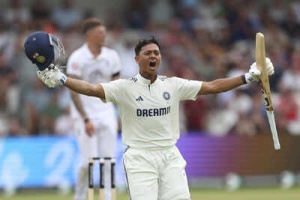 Jaiswal Eyes Gavaskar's 49-Year Record: India's Opener Nears Milestone 2,000 Test Runs in Edgbaston Clash
Jaiswal Eyes Gavaskar's 49-Year Record: India's Opener Nears Milestone 2,000 Test Runs in Edgbaston Clash